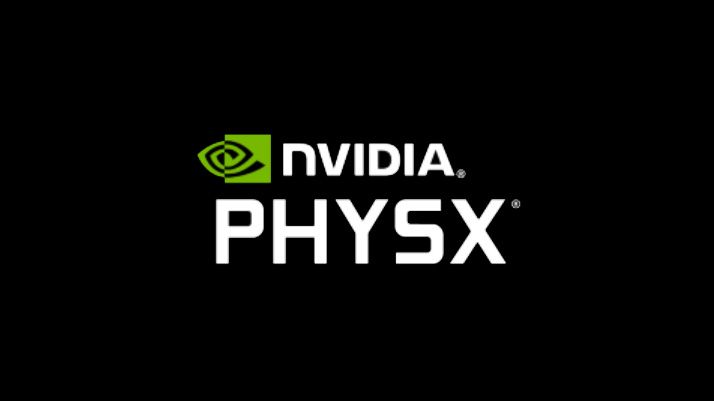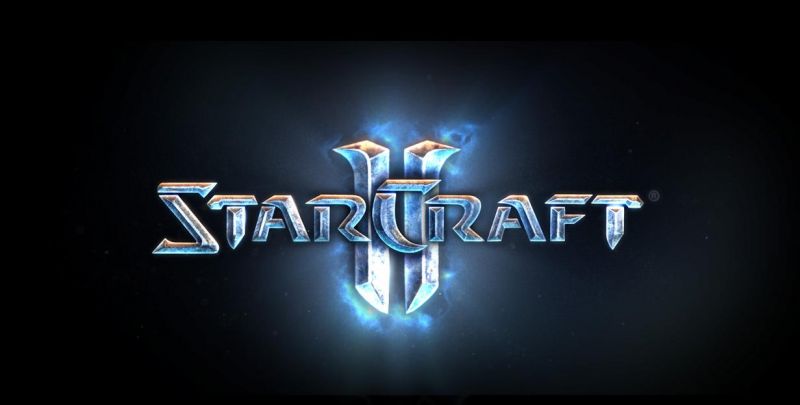Nvidia PhsyX Technology Deprecation on RTX 50 Series GPUs
Nvidia has officially ceased support for 32-bit PhysX on its RTX 50 series graphics cards, marking the end of a long-standing physics technology in gaming. This decision stems from the broader deprecation of 32-bit CUDA applications within the recent line of GPUs, confirmed through discussions on Nvidia forums.
What is PhysX?
PhysX is a proprietary physics simulation SDK that enables the rendering of complex physical interactions, such as ragdoll effects, cloth physics, and fluid dynamics. Acquired by Nvidia in 2004 as part of the Ageia purchase, it was initially designed to leverage dedicated physics processing units (PPUs) but was reconfigured to work on Nvidia’s GeForce GPUs.
Integration into Games
Since its inception, PhysX technology has been integrated into numerous video games. Notable titles that utilized this technology include:
- Batman: Arkham Trilogy
- Borderlands: The Pre-Sequel
- Metro 2033, Last Light, and Exodus
- Mirror’s Edge
- The Witcher 3
- Select older titles from the Assassin’s Creed series
The Shift Away from PhysX
Interest in PhysX began to wane by the late 2010s, largely due to the rise of more adaptable physics solutions compatible with a wider array of hardware, including CPUs and various GPU brands. A major drawback of PhysX was its exclusive reliance on Nvidia GPUs, limiting its implementation on consoles and other gaming platforms. This led to titles like Warframe abandoning PhysX in favor of custom physics engines when Nvidia dropped support for certain features in 2018.
Current Status of PhysX
As of now, the only way to continue using PhysX on RTX 50 series or newer GPUs is by installing a previous generation RTX 40 series or older card and configuring it for PhysX operations within the Nvidia control panel. Despite this workaround remaining active for users, it indicates a declining future for the PhysX brand.
The Future of Physics in Gaming
The retirement of 32-bit PhysX indicates a shift in the industry where alternatives that support broader compatibility and versatility are likely to dominate. With Nvidia’s focus moving away from dedicated physics solutions, the landscape for graphics performance and physics calculations in gaming is poised for significant transformation.



